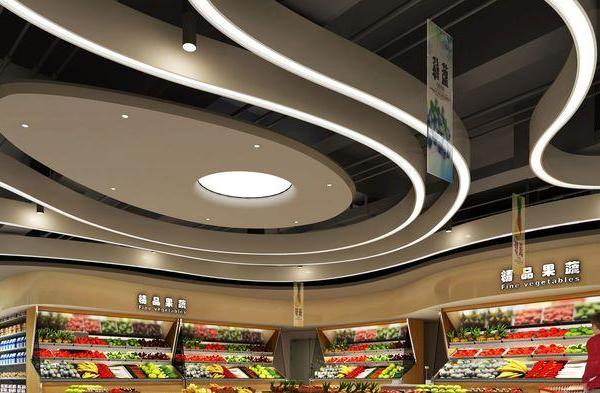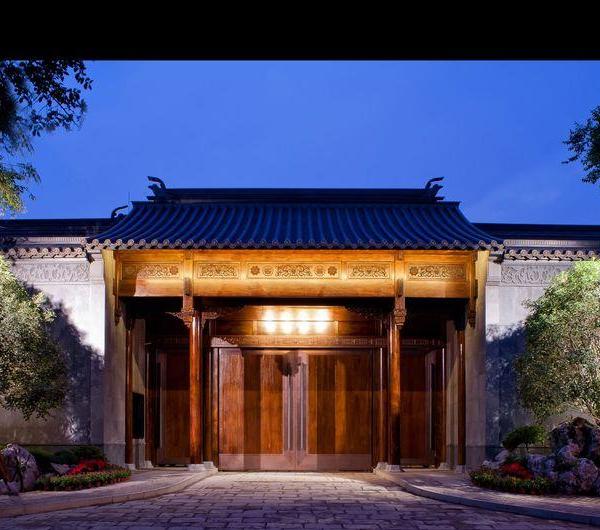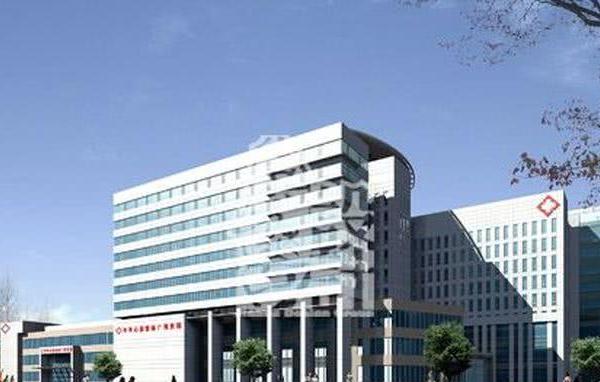Snøhetta’s design for the Theodore Roosevelt Presidential Library is informed by the President’s personal reflections on the landscape, his commitment to environmental stewardship, and the periods of quiet introspection and civic engagement that marked his life. The design of the Library is more than a building; it is a journey through a preserved landscape of diverse habitats, punctuated with small pavilions providing spaces for reflection and activity. The Library’s gently sloping roof looks to the northeast, gazing over the National Park, historical settings in the Little Missouri River valley, and the Elkhorn Ranch far in the distance, further connecting the Library of tomorrow with its origins in the past. The building’s location at the northeast edge of the butte preserves the landscape for conservation research while offering a setting for educational walks, leisure, and recreation. As visitors set out on the Library loop, they will encounter adventurous paths which connect to the nearby Maah Daah Hey Trail as well as several small pavilions. Ranging from contemplative nooks to expansive vistas, these pavilions invite visitors to experience Roosevelt’s trials and triumphs in dialogue with the landscapes that shaped him. The Library is understood to be the buildings, pavilions, paths and landscape. The design functions in harmony with the unique ecology of the region and expresses the conservation ethos for which Roosevelt is remembered. Its construction will use locally sourced and renewable materials, while its sophisticated energy systems will set a new standard for sustainable design in the region. The design also mitigates the impact of wind and other climatic factors so that the Library will be accessible in all seasons.
{{item.text_origin}}












